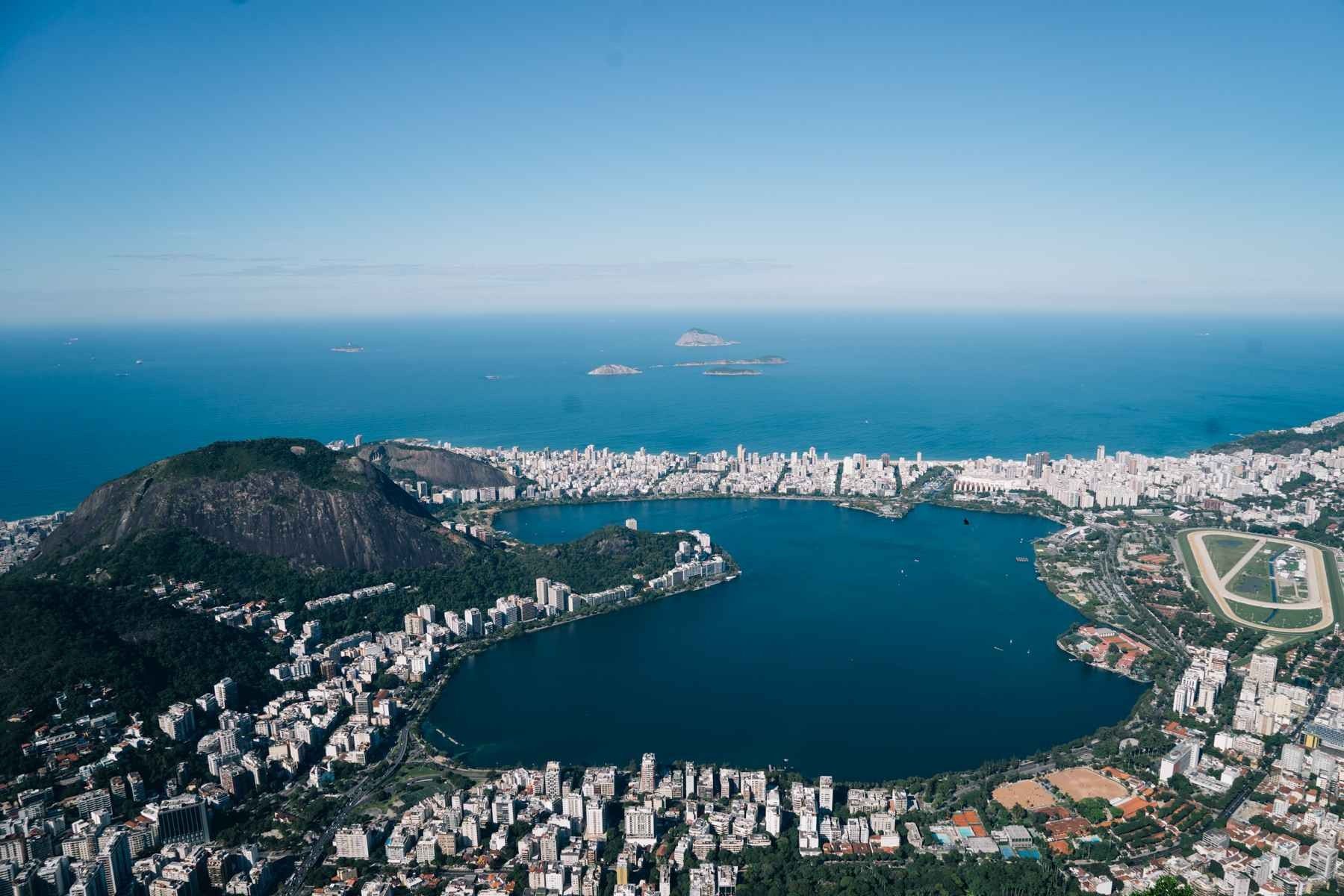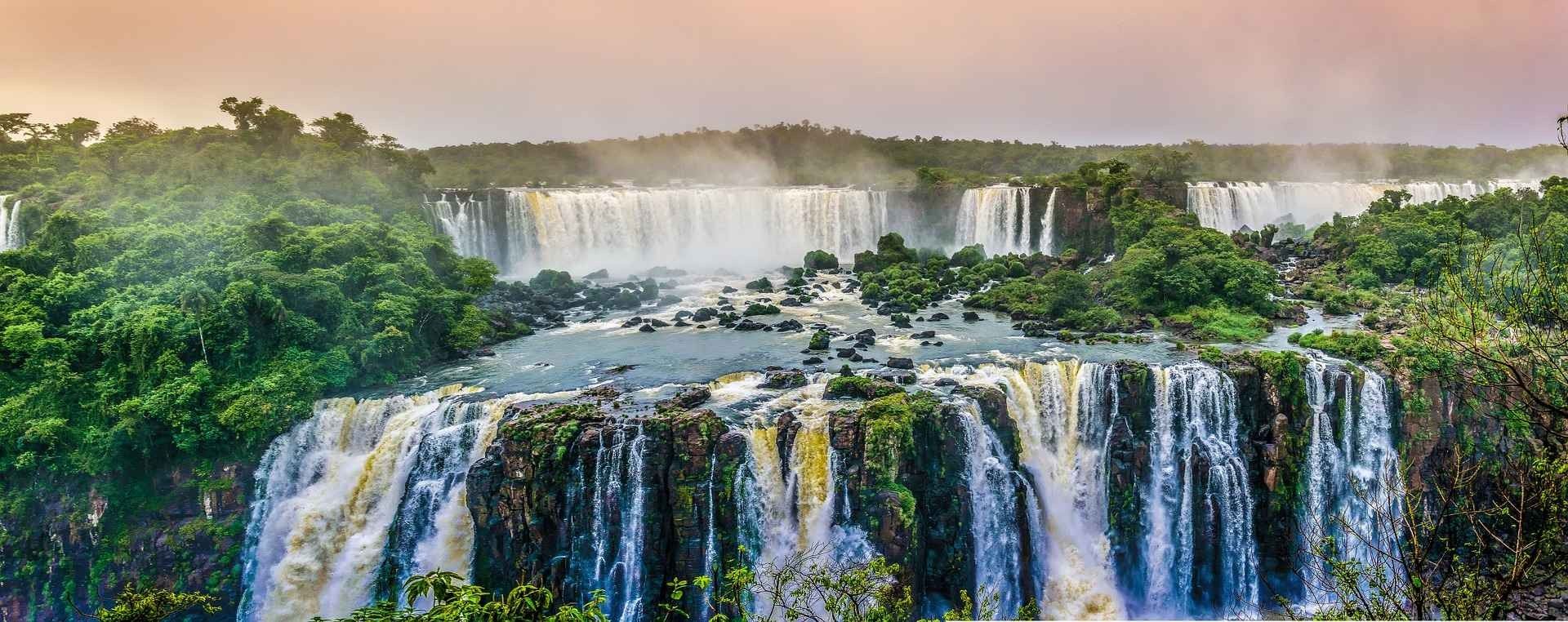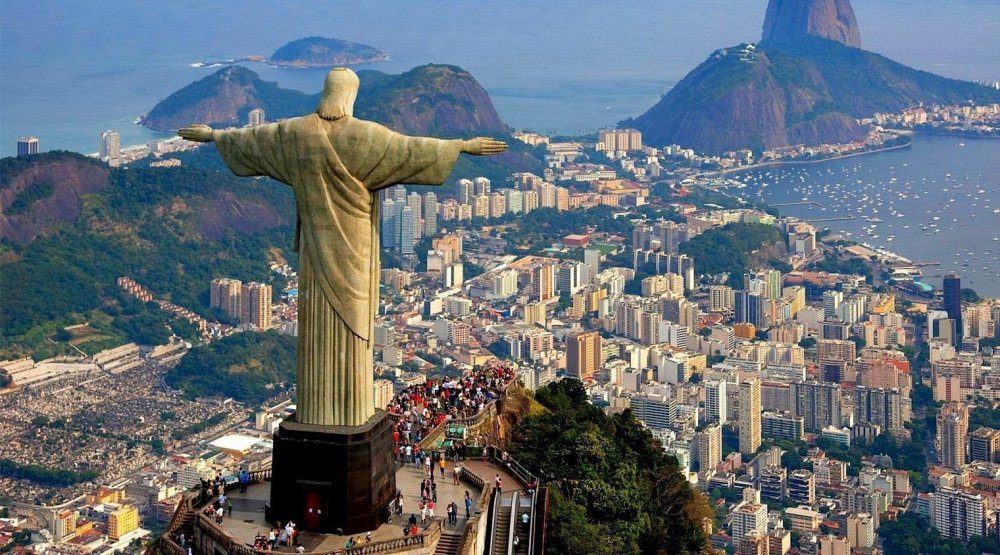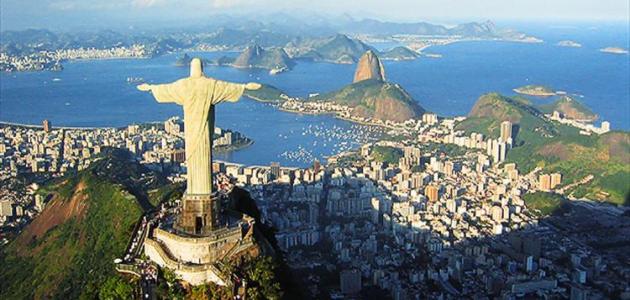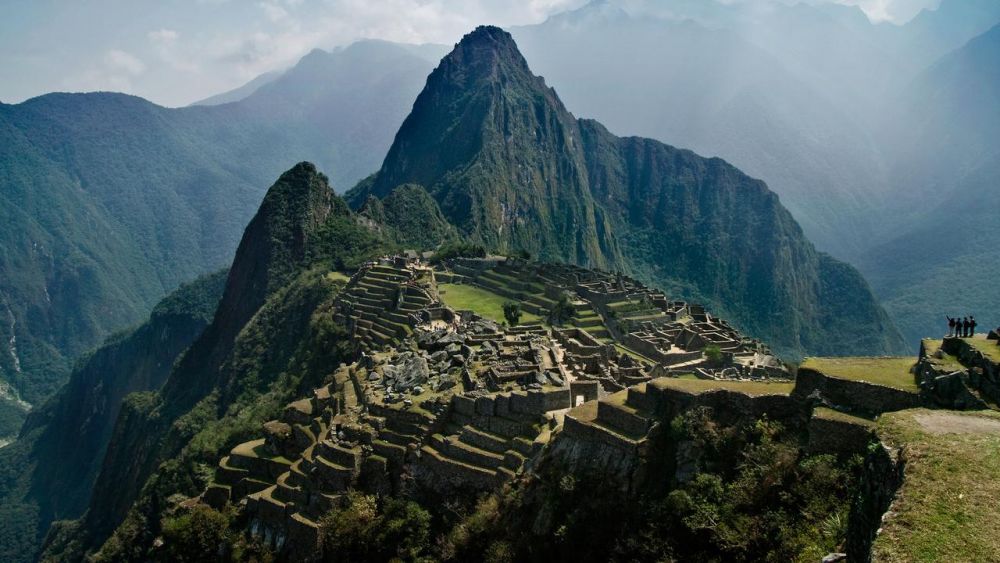Table of Contents
Brazil
Brazil is the largest country with the highest population density in the South American continent, and it is located in the eastern part of it. It is bordered by the Atlantic Ocean with a coastline of 7,491 km. As for the land borders, it is bordered by ten countries: Argentina, Bolivia, Colombia, French Guiana, Guyana, Paraguay, Peru, Suriname, Uruguay, and Venezuela.
Brazil has 26 states, and an area of 8,515,770 square kilometers.
Brasilia
Brazil’s federal capital is Brasilia (English: Brasilia) after Rio de Janeiro, which has been the country’s capital for 125 years. It was designated a UNESCO World Heritage Site in 1987 because of its distinctive architecture – its design is known as the Architectural Plane, and this was done by Oscar Niemeyer and Lucio Costa – as well as its unprecedented role in developing the interior of Brazil.
Date
Brasilia was proposed as the capital in 1789 by Joachim José da Silva Xavier, a leader in the independence movement, and this was reaffirmed in 1822 after Brazil gained independence from Portugal and embodied that in the constitution of 1891. Brasilia opened in the modern era as the capital on April 22, 1960 In the central region of the country, where before it resembled the desert, in addition to the lack of a population in it, the scarcity of water, and the presence of only a few species of animals and plants. Joscelino Kubitschek, who became president in 1956, is one of the best Brazilian architects who helped build the city of Brasilia.
Geography
Brasilia is located on the central plateau of Brazil, at an altitude of about 1,100 meters, between the headwaters of the Tocantins-Parana and São Francisco rivers. Its area is about 5802 km².
the climate
The Brazilian climate is warm and mild with temperatures ranging between 14 ° Celsius as a minimum and 27 ° Celsius as a maximum. The average rainfall is 1600 mm annually, with a dry season extending from March to October.
Religion and language
The Catholic Christianity is the most prevalent among the population of Brasilia by more than 56%, then Protestant Christianity by 26%, while the percentage of Muslims and Jews is less than 1%, and with regard to the official language, it is the Portuguese language.
Population
According to 2016 estimates, the Brazilian population is 4.235 million, and official statistics were made last time in 2010, when the results showed that 42.2% of the population is white, 7.7% are black skinned, and 1.6% are Asians.
Economy
Brasilia is an industrial center in Brazil, with industries associated with construction, food processing, and furniture, as well as those associated with publishing, printing, and computer software.
Transport methods
The highways and airways connect Brasilia with the rest of the regions, with regular national and international air services, and there are railways that connect the city with Rio de Janeiro and São Paulo, in addition to the presence of the subway and buses.
The most important landmarks
- University of BrasiliaFounded in 1962 and ranked as one of the best universities in Brazil and Latin America.
- The Brasilia MuseumOpened in 2006 by Oscar Niemeyer, the National Museum of Brasilia is the largest dome ever built.
- The Three Forces SquareIt consists of the location of the National Congress (Legislative Seat), the Planalto Palace (seat of the Executive Management), and the Federal Supreme Court (seat of the Judicial Authority).
- Sarah Kubitschek ParkFounded in 1978, it is located in the heart of the city, and it is one of the largest public parks in the world, and the largest ever in Latin America, with an estimated green area of 420 hectares, and it is visited by 8000 people and families on weekends to enjoy the beautiful natural scenes.
- National ParkIt is located in the northwestern part of the city, and it includes a wide variety of animals and plants.
- the National CouncilIt is a distinguished landmark of modern architecture, consisting of two buildings that include the House of Representatives of Brazil and the Senate, around which there is a beautiful spacious pool.
- Juscelino Kubitschek Memorial: It was built in 1981 in honor of the founder of the city, who died in 1976 on the ground floor that was designed by Oscar Niemeyer, as it contains Juscelino Kubitschek’s office furniture and his personal library, and on the first floor was a white picture of his life phases, and in the middle of all that is located a grave The ex-president is under a beautiful stained glass window.
- Cathedral of BrasiliaThe circular cathedral with its sixteen concrete pillars is the most famous urban landmark in Brasilia, designed by Oscar Niemeyer, and the design dates back to modern Romen Catholicism. Its construction was completed in 1970, and it is characterized by exploiting the light of nature to illuminate the interior in a unique way.
- Palacio da Alvorada: It is the official home of the President of Brazil, whose design was based on glass with an open look, and it is also one of the designs of Oscar Niemeyer.
- Blue PoolFormed with quartz rock, this pond contributes to the preservation of the environment, and hence is an instrument to attract many visitors. Its blue waters extend to 200 feet, and are filled with prehistoric fossils.
Video What do you know about Brazil?
For information about Brazil, watch the video.


